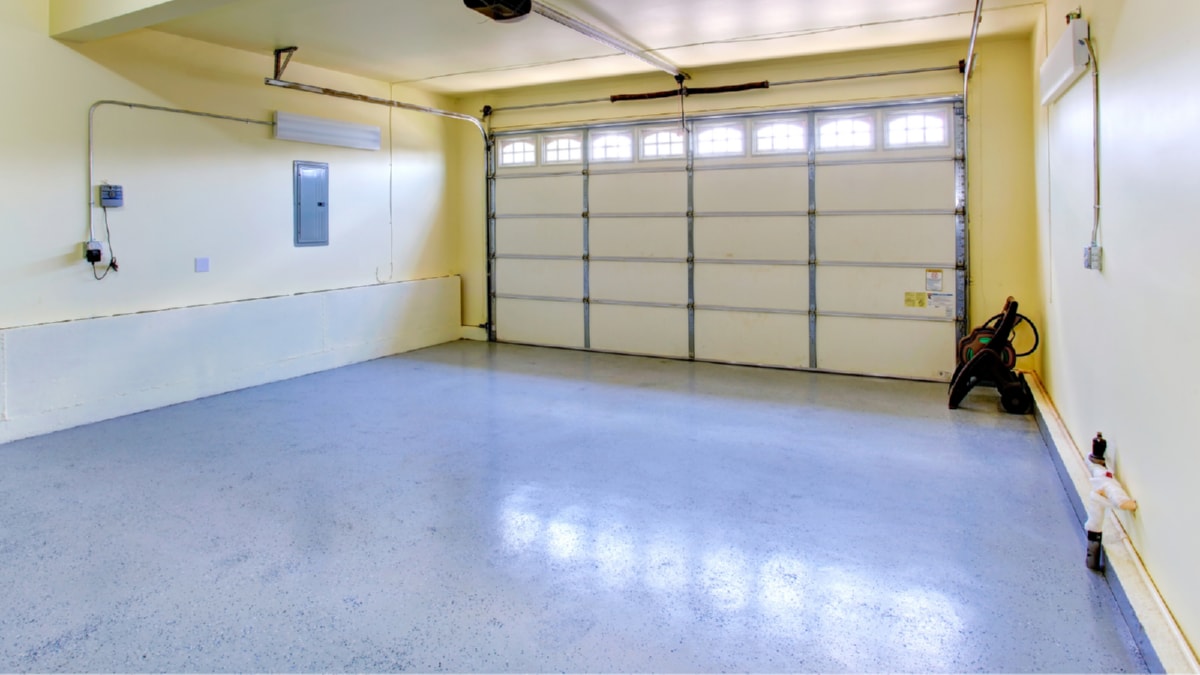In recent years, the construction industry has been undergoing a significant paradigm shift, ushering in a new era of sustainability and ecologically-friendly practices. This transition has necessitated the exploration of advanced green construction practices, as builders, architects, and engineers strive to reduce the industry’s environmental footprint. The growth of green construction has been fueled by a combination of technological innovation, evolving consumer demands, and government incentives.
Green construction, often referred to as sustainable construction, is a method of creating structures and utilizing processes that are environmentally responsible and resource-efficient. This practice expands and complements traditional construction concerns of design, efficiency, and cost with a keen focus on reduction of waste and minimal impact on the environment.
One of the most significant advancements in green construction is the rise of energy-efficient designs. Buildings are responsible for a significant percentage of energy consumption, and green construction aims to reduce this through efficient design and the use of renewable energy sources. Solar panels, wind turbines, and geothermal energy systems are becoming increasingly commonplace in new construction projects, reducing reliance on fossil fuels.
In addition to energy efficiency, the use of sustainable materials is another critical element of green construction. The industry has seen a surge in the popularity of green materials like recycled steel, bamboo, and cork. These materials are not only sustainable but also durable, reducing the need for frequent replacements and thus limiting waste.
Furthermore, the concept of ‘green roofs’ and ‘living walls’ have emerged, providing not only aesthetic appeal but also practical benefits such as improved insulation and air quality. These designs incorporate vegetation and soil, creating a natural insulation layer that reduces energy costs and promotes biodiversity.
Water management is another area where green construction is making strides. Innovative practices such as rainwater harvesting, grey water recycling, and the use of permeable materials for pavements are being used to manage stormwater runoff and reduce water consumption.
The adoption of Building Information Modeling (BIM) technology has also been a game-changer for green construction. BIM allows for better planning, design, construction, and management of buildings, enabling professionals to create more sustainable and efficient structures.
The importance of green construction extends beyond environmental benefits. It also has significant economic and social impacts. Green buildings are typically more energy-efficient, leading to lower operating costs. They also tend to create healthier indoor environments, which can improve occupants’ well-being and productivity.
The green construction movement is not without its challenges. Initial costs can be higher than traditional construction, and there can be a lack of understanding or misinformation about the benefits and requirements of green building. However, as awareness grows and technology improves, these barriers are likely to diminish.
In conclusion, the evolution of green construction practices represents a pivotal shift in how we approach building and development. As we continue to explore and advance in this field, we move closer to a future where sustainable, efficient, and environmentally-friendly buildings are the norm rather than the exception. The constructions industry’s ability to adapt and innovate is critical in the global quest for sustainability, and there is no doubt that green construction will play a vital role in this journey.
For more details, check best interlocking services Toronto or visit their business listing here.



